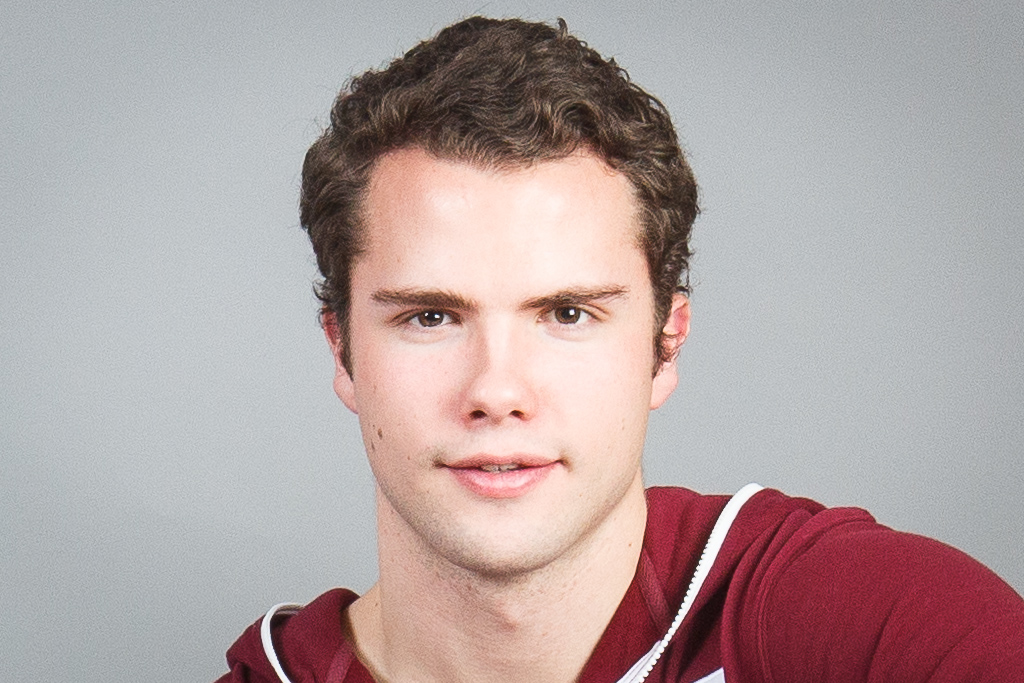Hi guys,
In terms of photography I understand all the main concepts and at the moment I am just struggling to put them all into practice in the way that I want the photos to turn out.
My question refers to camera bodies.
I have a 600d and use it as my main workhorse, I have some film cameras and shoot a lot with them but if it's a paid job then I stick to digital.
My friend has a 5Dii and I feel like his photo's are much sharper and have much better highlight retention and less flaring.
What benefits would I get with a full frame sensor in terms of IQ? I work in lightroom and was wondering if the RAW files from a 5d allow you more control to manipulate the highlights and the shadows.
In terms of sharpness, this is a 100% crop from a shot I took a few days ago.
![eEMtS.png]()
It's on a reasonably sharp lens (17-55mm f2.8) @ f8, 1/180th ISO100 yet to me it still feels quite soft. Focus isn't the issue as this is the "sharpest" part of the photo. This is with a fair amount of sharpening in lightroom as well. If you look to the background it also seems quite grainy/noisy although it is not coloured noise.
Am I simply going mad after editing all afternoon and this photo is perfectly sharp?
Would I see much performance gain from a full frame camera? I'm not taking in terms of auto focus, DOF, burst rate etc. but in terms of actual image IQ and data in the image to then manipulate it.
I'm not even sure if what I just wrote makes sense, I think I have just gone a bit crazy.
In terms of photography I understand all the main concepts and at the moment I am just struggling to put them all into practice in the way that I want the photos to turn out.
My question refers to camera bodies.
I have a 600d and use it as my main workhorse, I have some film cameras and shoot a lot with them but if it's a paid job then I stick to digital.
My friend has a 5Dii and I feel like his photo's are much sharper and have much better highlight retention and less flaring.
What benefits would I get with a full frame sensor in terms of IQ? I work in lightroom and was wondering if the RAW files from a 5d allow you more control to manipulate the highlights and the shadows.
In terms of sharpness, this is a 100% crop from a shot I took a few days ago.

It's on a reasonably sharp lens (17-55mm f2.8) @ f8, 1/180th ISO100 yet to me it still feels quite soft. Focus isn't the issue as this is the "sharpest" part of the photo. This is with a fair amount of sharpening in lightroom as well. If you look to the background it also seems quite grainy/noisy although it is not coloured noise.
Am I simply going mad after editing all afternoon and this photo is perfectly sharp?
Would I see much performance gain from a full frame camera? I'm not taking in terms of auto focus, DOF, burst rate etc. but in terms of actual image IQ and data in the image to then manipulate it.
I'm not even sure if what I just wrote makes sense, I think I have just gone a bit crazy.


